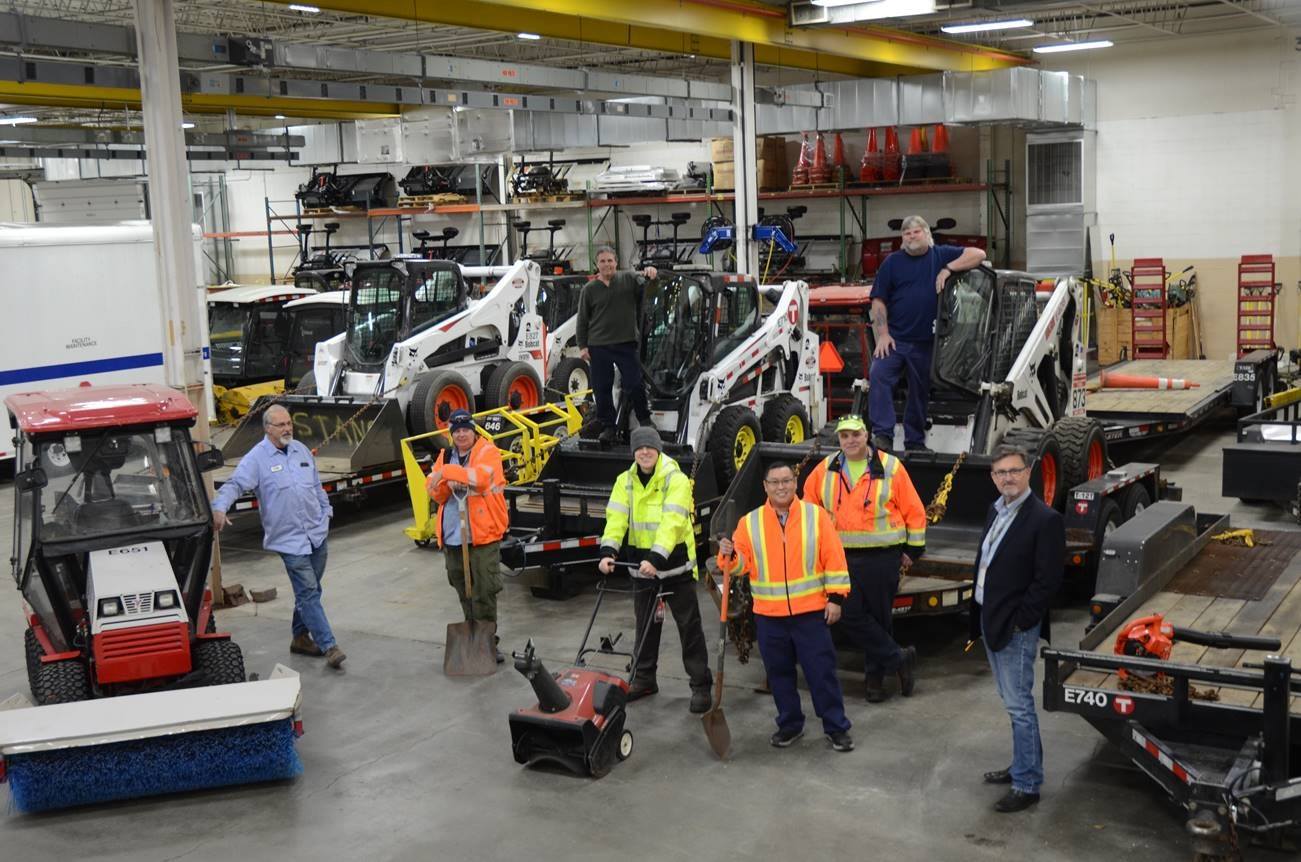
Metro Transit hosted snow removal managers from across the region in October. The goal: develop a more coordinated approach to one of winter’s biggest challenges – keeping bus stops, roads and sidewalks clear of snow and ice.
Representatives from Minneapolis, St. Paul, Hennepin County and the Minnesota Department of Transportation attended the symposium, and a snow removal consultant shared tips on how to reduce salt use.
In addition to getting some practical advice, the biggest accomplishment may have been simply getting acquainted before the flakes fly.
“We see this collaboration blossoming into a long-term relationship that benefits all parties,” said Marilyn Porter, Metro Transit’s director of engineering and facilities. “The Metropolitan Council takes a regional approach to transportation, wastewater treatment and affordable housing, so it only makes sense to try a regional approach to snow removal, too.’’
With limited resources, Public Facilities Manager Donn Rude said avoiding conflicting snow removal efforts is critical.
“Knowing each other’s capacities and protocols is important so we’re not just trading snow all the time,” Rude said. “It’s better for our people to be close behind the snowplow when they’re digging out bus shelters.”
Rachel Walch, senior innovation consultant for the City of St. Paul, attended the symposium to pick up tips she could share with the city’s public works department. To help this winter, Walch said the city may ask businesses to adopt a corner and provide them with snow clearing supplies and training.
“We have 1,900 miles of city streets, almost as much as all of Hennepin County’s (main arterials), and plows can get only so close to a curb,” Walch said.
Metro Transit’s snow removal arsenal includes salt, liquid chemicals, shovels, snowblowers, skid steer loaders and a small, enclosed tractor that can operate on sidewalks. Before storms, crews pre-treat surfaces with a liquid salt mix that repels snow.
Even with all that machinery and preparation, clearing bus stops, rail platforms and Park & Rides is a time-consuming endeavor.
“It’s not unusual for everyone to work 12 hours or more a day for days on end,” Rude said. “Last January and February were extremely difficult and labor intensive.”
Because there's so much ground to cover, Metro Transit is always game to try new approaches. One year, crews tried melting ice with a beet juice mix, a product that smelled awful and was easily tracked into buildings and vehicles.
At the recent symposium, staff was intrigued by a plow that could be compact enough to get on light rail platforms with sharp, narrow turns too tight for other equipment.
Learn more about Metro Transit's snow removal procedures